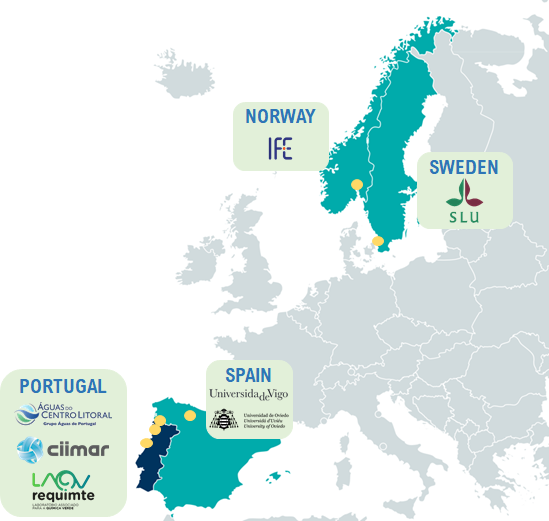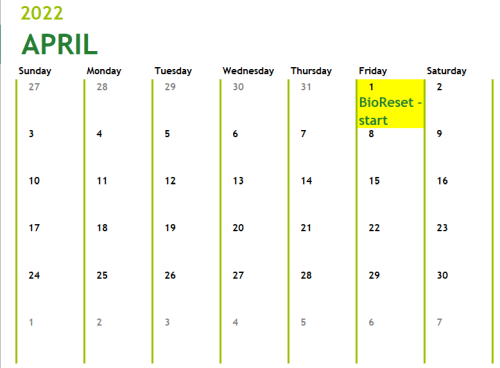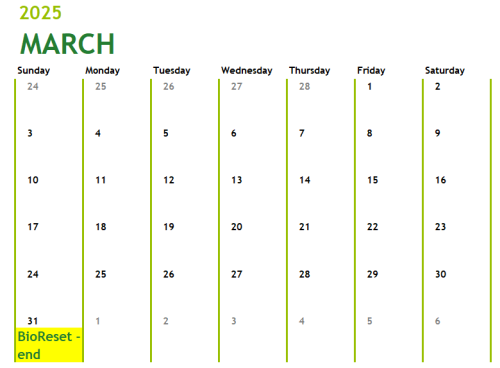 |
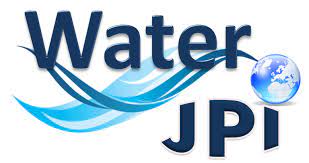 |
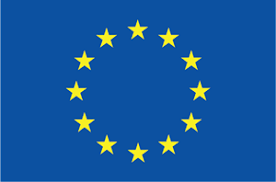 |
 |
WHY? Pollution is threatening the biodiversity of inland waters that are vital to society and the future of the Earth. A major source of this pollution are effluent discharges from wastewater treatment plants (WWTPs). Treatment processes used in WWTPs do not efficiently remove emerging contaminants, such as pharmaceuticals and microplastics, which lead to health hazards to non-target species, including humans. This polluting source limits the conservation and restoration of freshwater systems. At the same, there is a need for strategies for up-scaling restoration solutions and for rapid and simple to use methodologies to assess conservation and restoration progress; i.e. assessment strategies anticipating the success of conservation/remediation measures in suitable timescales, ensuring reliable data comparison over time and space, and guiding intervention measures. |
 |
HOW? Through the advance of treatment processes (chemical, physical, biological and their combination) to promote ecosystem recovery and conservation and to develop assessment strategies. Diatoms will be used to model ecosystem conservation and restoration since their communities show high levels of biodiversity. The diatoms will provide an expeditious method to compare different recovery strategies and water treatment processes, allowing to address timescale and key conservation/restoration questions. The full environmental, economic, and social viability of the upgraded and innovative treatment technologies will be assessed using Life Cycle Analysis and SWOT assessments. Based on this knowledge, scale-up studies in geographically different sites (Portugal and Spain) to ascertain the technical and economic feasibility at a larger scale will be performed and recommended action guidelines will be issued. Furthermore, BioReset also envisages the creation of a representative space-time picture of the presence of emerging contaminats in inland waters and its correlation to effects on diatom communities. For this, powerful analytical techniques, such as gas- and liquid chromatography, will be used. Besides these methods, and to obtain real-time information, miniaturized analytical platforms that can perform fast and on-site monitoring will also be employed. |
 |
WHAT? Data, methodologies and information will be produced for policy makers, authorities, WWTP stakeholders and environmental managers who design approaches and interventions to achieve and maintain biodiversity and a good ecological state of freshwater ecosystems. The project activities will be paired with outreach actions addressing all society levels to raise awareness and best practices towards ecosystems conservation. Because diatom communities, which are geographically spread around the world, will be used as bioindicators of ecosystems status, and WWTPs located in different countries are involved, the project will allow to draw implications and assessment strategies of global usefulness. The project will also promote internationalization through researcher and student mobility around Europe and participation in international Conferences with joint presentations and publications. Efforts will be dedicated to the establishment of new cooperation synergies and agreements in key questions. |
 |
WHO? 7 partners: Norway - Portugal - Spain - Sweden |
 |
WHEN?
|
